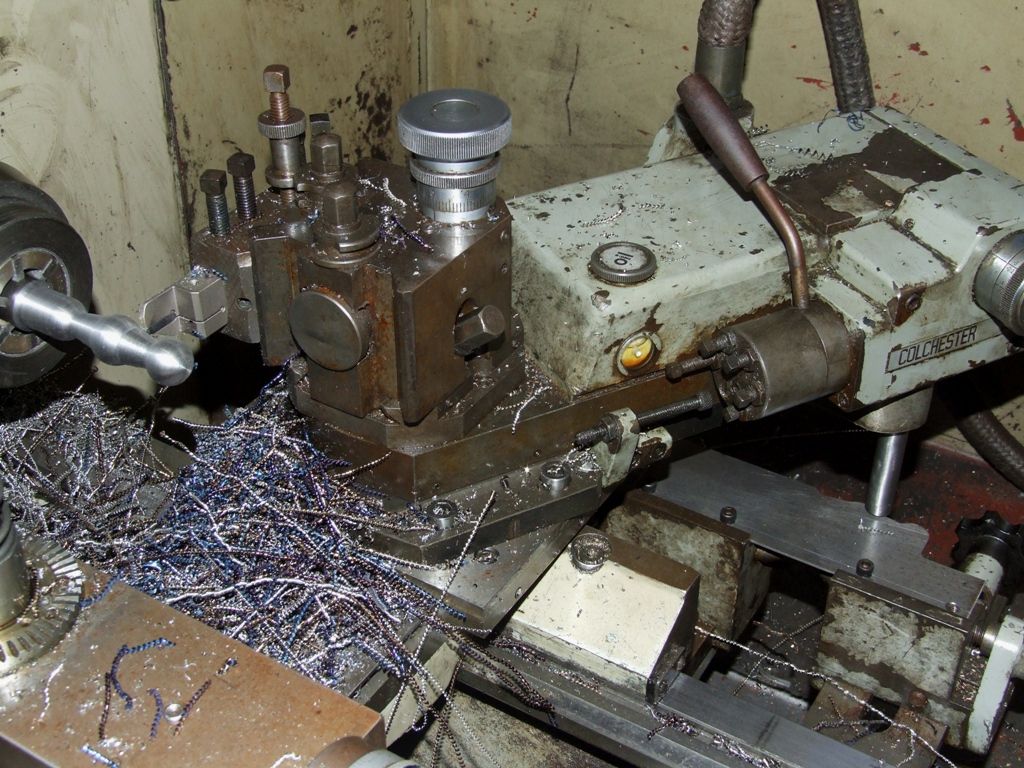I'm another who hasn't bothered with a QCTP, for reasons eloquently explained by friends above!
But I'm not against Quick Change Tool Posts in principle, it's just that they aren't a good match to my needs and I have plenty other things to spend my money on. Turning metal into swarf is expensive!
The advantage of a QCTP is the 'quick change'. They pay off in a busy workshop where the operator prefers HSS and does lots of work that require frequent tool changes. When that's the case, having a large selection of different ready sharpened tools pre-set to height in cartridges is a boon. Opinions vary, but more cartridges are better, at least 6 or 8.
In contrast, my work pattern is slow, I don't change tools that often, have at least two ready in the 4 way, and prefer carbide inserts. As inserts are changed without disturbing the holder or tool-post, they're faster than unplugging blunt HSS for sharpening and then resetting the height. I could speed up tool changes by super-gluing shims to the holders, but haven't bothered – no need, it's a hobby.
Bear in mind all tools are a compromise in one way or another. QCTPs introduce overhang, undesirable because it encourages chatter, and might also stop a tool being used very close to the chuck.
As the pros and cons of QCTP depend on what the lathe is used for, my advice to newcomers is not to rush into fitting one After the dust has settled and work started in earnest, it will soon become obvious whether or not a QCTP is a good buy or not. A DRO might be a better choice.
But there is another side of the hobby: pride of ownership and desire to have workshop capability, even if it's not often put to work. Considerable pleasure to be had from setting up a beautiful workshop full of polished tools neatly organised, 'quality' equipment deep cleaned and painted the correct colour, and a large library of technical classics. In which case buy whatever makes you happy, it's allowed!
Dave
steamdave.







